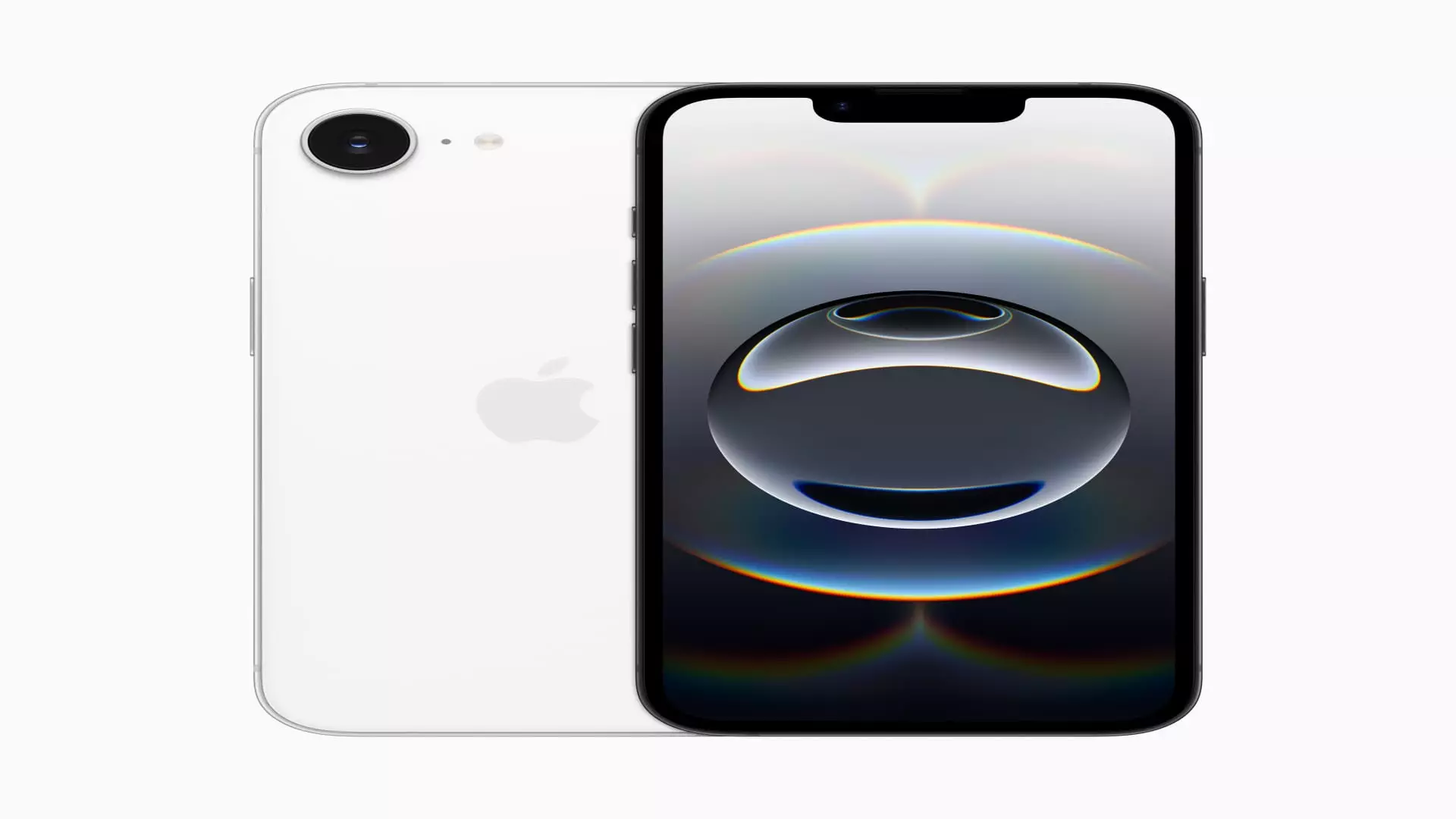With the launch of the iPhone 16e, Apple has made a significant shift in its biometric security approach by temporarily sidelining fingerprint technology, a departure that has stirred mixed reactions among consumers and experts alike. The new model will exclusively incorporate Face ID, Apple’s facial recognition system, as its primary biometric authentication method. This decision aligns with the company’s long-standing commitment to advancing facial authentication technology, but it raises questions about the durability of fingerprint scanners in its smartphone ecosystem.
The Convenience of Face ID
Proponents of Face ID highlight its convenience, emphasizing how many times users unlock their phones throughout the day. Joe Palmer, chief innovation officer at iProov, points out that even a split-second advantage per unlock can accumulate to a significant time-saver when multiplied over numerous unlocks. Palmer believes that with the convenience Face ID lends users—particularly its adaptability to various user appearances and environmental factors—it’s unlikely that biometric technology will see a significant evolution beyond facial recognition in the near future.
However, some technology and cybersecurity professionals argue that fingerprint scanning still holds value in the market and may stage a comeback. Experts predict that Apple may reintroduce fingerprint technology in future smartphones, possibly in an under-display form, responding to consumer demand for versatile authentication options.
The discussion surrounding biometric options isn’t merely a technical debate; it’s also a matter of user preference. As Palmer suggests, many users appreciate having multiple choices when it comes to authentication. For example, some individuals may prefer facial recognition for unlocking their phones while relying on fingerprint authentication for secure transactions. This dual approach to biometrics can enhance user experience and security across different applications.
Despite Apple’s pivot away from Touch ID in its latest smartphone lineup, the technology persists in its iPad models, indicating that it is far from obsolete. This suggests that Apple might be working towards integrating a more advanced version of fingerprint technology for upcoming smartphones after refining it. The company’s history of innovation and adaptation suggests that it is likely to explore more hybrid models of security, catering to a diverse user base.
Technological Advantages of Face ID
The facial recognition system employed by Apple not only offers convenience but also boasts wide-ranging adaptability. Facial authentication is engineered to function effectively in diverse conditions—be it wearing glasses, hats, or even masks. With the pandemic catalyzing a widespread usage of masks, Apple enhanced Face ID in models starting from the iPhone 12 to ensure that the technology remained user-friendly under these new circumstances.
This relentless pursuit of innovation underscores Apple’s distinctive identity in the tech realm. The focus on removing physical buttons, such as the home button traditionally used for Touch ID, aligns with consumer aspirations for maximizing screen real estate in smartphones. The inclusion of a notch to house essential sensors signifies a commitment to evolving design: a seamless user experience that prioritizes screen area.
Remaining Viability of Fingerprint Technology
While Apple consolidates its position with Face ID, fingerprint technology remains a viable option for many Android devices. The ongoing presence of fingerprint scanning in competitors’ models serves as a reminder of the various avenues available in biometric authentication. With major Android brands continuing to provide fingerprint options, the sentiment among users who prefer biometric fingerprint safeguards aligns with market realities.
Fingerprint scanners are generally considered a cost-effective solution compared to methods like iris or palm scanning, which may overwhelm users with intricate setup processes. Furthermore, the maturity of fingerprint technology makes it a trustworthy choice that continually evolves in parallel with other biometric methods.
Limitations and Challenges Ahead
Despite its advantages, both fingerprint and facial recognition technologies come with challenges. Fingerprint sensors can falter under wet or damaged conditions, while facial authentication faces scrutiny as advanced deepfake technology emerges, raising security concerns. Additionally, users, particularly women, face certain hurdles with facial recognition, especially following cosmetic surgeries or due to varying lighting conditions.
Neither biometric method is devoid of drawbacks, and that continues to challenge their effectiveness across all scenarios. Experts frequently refer to the balance between security, cost, and convenience, advocating for an ecosystem where security measures cater to varied user demographics and environments.
Fingerprint and facial recognition remain key players in the biometric authentication landscape, with prospects of continued development and refinement on the horizon. Innovations will be vital. Though Apple may have chosen to focus on Face ID for the iPhone 16e, the door remains open for future revisions that may see the reestablishment of fingerprint technology in more inventive forms.
As we move into an era punctuated by rapid technological advancement, the ongoing conversation around biometrics will shape not just user preferences, but also the security measures that define our digital identities. Cross-industry collaborations will likely pave the way for multi-faceted approaches to secure authentication, ensuring that users are equipped with options that maintain both security and convenience in a complex digital landscape.

